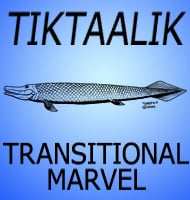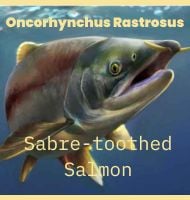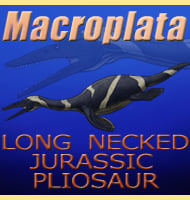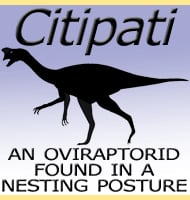In Depth
Lazarussuchus was named after the figure of Lazarus of Bethany in the Bible, a person in the Gospel of John who was resurrected four days after his death by Jesus Christ. The relevance here is that the holotype remains of Lazarussuchus were found from a late Oligocene deposit, a period many millions of years after the disappearance of other choristoderans. Since this time other choristoderan fossils have been found that fill this gap.
Choristoderans like Lazarussuchus were similar to crocodiles in their appearance, however they were not actually directly related to them. The physical similarity to crocodiles however would suggest that Lazarussuchus and its relatives fulfilled a similar ecological niche of a semi-aquatic predators. One of the more famous choristoderans known to science is Champsosaurus.
Further Reading
- A new choristodere (Reptilia, Diapsida) from the Oligocene of France: an example of the Lazarus effect - Geobios 25: 115–131 - M. K. Hecht - 1992. - A history of an extinct reptilian clade, the Choristodera: longevity, Lazarus-Taxa, and the fossil record - Evolutionary Biology 27: 323–338 - S. E. Evans & M. K. Hecht - 1993. - A choristoderan reptile (Reptilia: Diapsida) from the Lower Miocene of northwest Bohemia (Czech Republic) - Journal of Vertebrate Paleontology 25 (1): 171–184 - Susan E. Evans & Jozef Klembara - 2005. - New material of the choristodere Lazarussuchus (Diapsida, Choristodera) from the Paleocene of France - Journal of Vertebrate Paleontology 33 (2): 319 - R. Matsumoto, E. Buffetaut, F. Escuillie, S. hervet & S. E. Evans - 2013.









